Introduction of services letter template
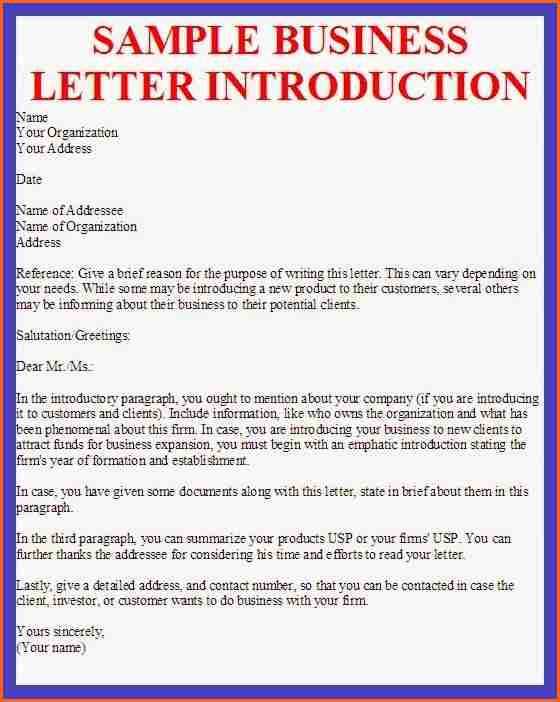
Write a clear and direct introduction of services letter to establish your offer with potential clients or partners. Focus on the services you provide, explain how they align with the recipient’s needs, and highlight the key benefits they will gain. Use a tone that matches the business relationship you are establishing–whether formal or informal–and ensure your message is brief yet informative.
First, state the specific services you offer. Be precise and clear about the solutions you can provide. Whether it’s consulting, product development, or project management, detail the exact services, avoiding vagueness.
Next, link your services to the recipient’s requirements. Identify how your services address their immediate needs or challenges. Be specific and avoid general statements that don’t clearly outline the benefit to them.
Lastly, express your willingness to discuss further. Invite the recipient to continue the conversation and explore how you can meet their expectations. Provide clear instructions on how they can reach you to move forward with the discussion.
Key Information to Include About Your Services and Expertise
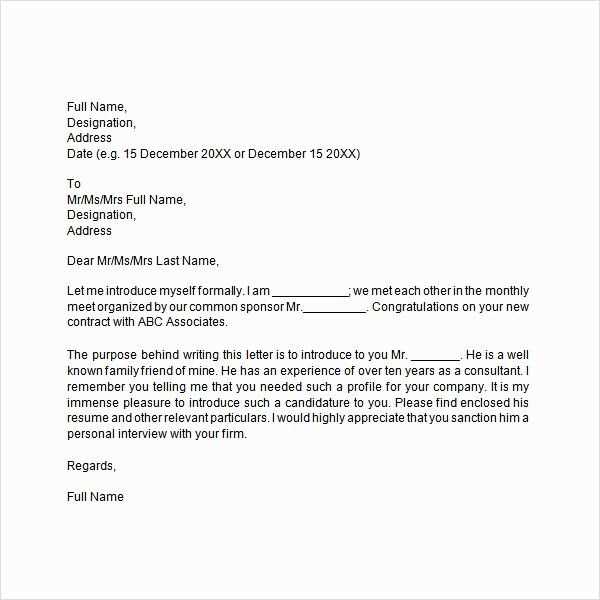
List your core services clearly, specifying what problems they solve and how they benefit clients. For example, highlight the areas of expertise you specialize in, such as consulting, design, or technical support. Mention any relevant tools or methods you use to deliver these services, like specific software or industry standards.
Include your experience level. State how long you have been offering these services and any notable clients or industries you’ve worked with. This shows your practical knowledge and ability to handle various needs.
Describe any certifications, training, or qualifications that demonstrate your competence. This could include degrees, courses, or professional certifications that align with your services.
If applicable, showcase any measurable results or case studies that prove your ability to achieve client goals. For example, mention improvements in performance, cost savings, or customer satisfaction metrics from previous projects.
Clarify your approach to client relationships. Explain how you communicate, manage timelines, and handle any challenges that arise. Being transparent about your process builds trust.
Finally, include any relevant service guarantees, warranties, or support options that reassure potential clients. This gives them confidence in the reliability and quality of your services.
Crafting a Professional Tone in Your Letter
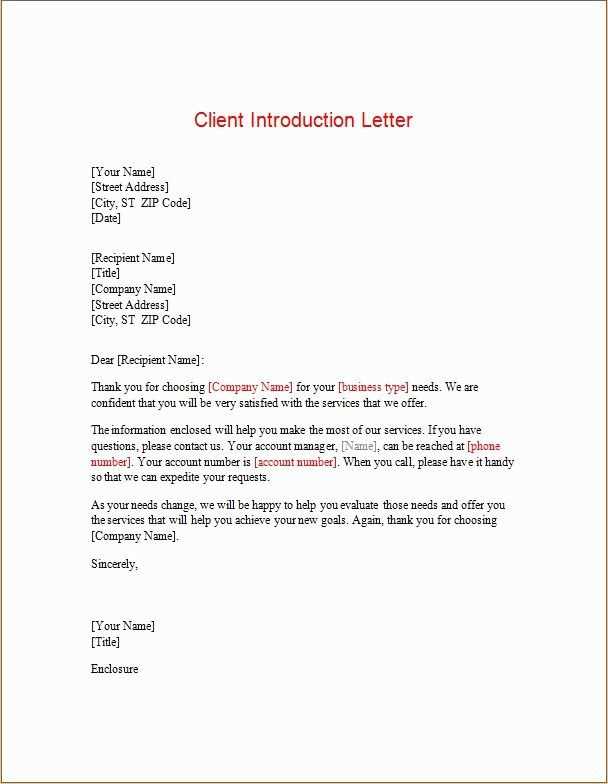
Maintain a clear, respectful, and confident tone throughout your letter. Address the recipient directly and use polite, formal language to convey your message without sounding distant or impersonal. Avoid overly casual phrasing, but also steer clear of sounding too rigid or robotic. The goal is to strike a balance between professionalism and approachability.
Choose words that reflect your respect for the recipient’s time and attention. Be concise but thorough in presenting your points. If your letter includes a request or offer, do so clearly, making it easy for the reader to understand your expectations or intentions.
Use simple, straightforward sentences to avoid confusion. A direct approach will help ensure that the message is understood immediately. Refrain from using overly complex language or jargon unless necessary for the context, as it may alienate the reader.
Make sure to tailor the tone to your specific audience. For example, if addressing a potential client, highlight the benefits they’ll receive from your services. If writing to a colleague or partner, focus on collaboration and mutual goals. Adjusting your tone to suit the relationship with the recipient will strengthen your communication.
Finally, keep the letter free from excessive praise or flattery. Be genuine in your expression of gratitude or appreciation, without overstating or going into unnecessary detail. A professional tone reflects both confidence in your message and respect for the recipient’s time.
Highlighting Specific Benefits to the Recipient
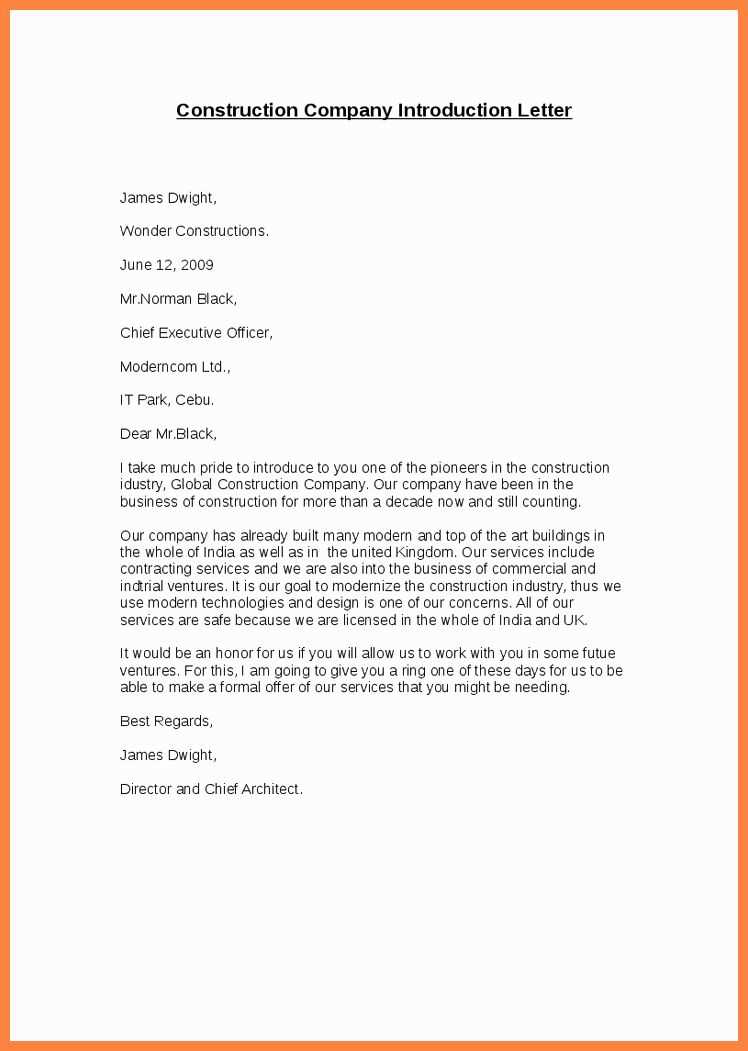
Clearly state how your services meet the recipient’s needs. Focus on the direct outcomes they will experience, such as increased revenue, streamlined processes, or reduced costs. Mention any unique aspects of your offering that set it apart from others, like personalized customer support or faster turnaround times.
Use concrete examples to demonstrate the advantages. If your service has helped similar clients, include relevant results or statistics. For instance, “Our software reduced processing time by 30% for Company X” or “Our consulting services increased client satisfaction scores by 15%.” These specifics help build trust and show the real impact of your service.
Address how your service can resolve challenges the recipient may face. Highlight benefits that align with their current goals, such as improving efficiency or enhancing quality. Be specific about the solutions you provide and how they apply to their unique situation.
Finish by reinforcing the immediate value the recipient will get from working with you, focusing on what they can expect right away, rather than abstract long-term benefits.
How to Tailor the Letter for Different Audiences
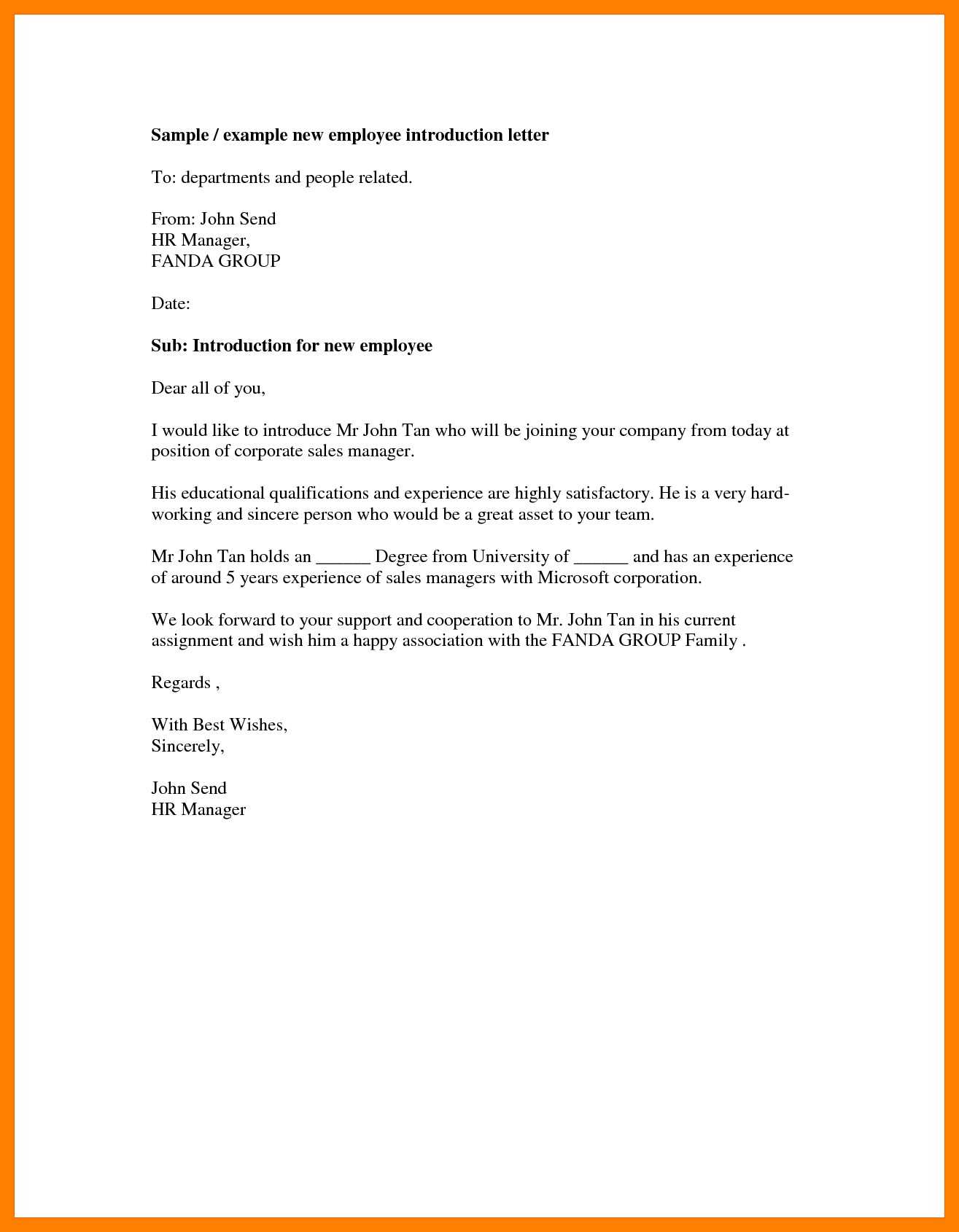
To adapt your introduction letter effectively, first identify the recipient’s key interests and preferences. A personalized approach increases engagement and clarity.
- For potential clients: Focus on how your services directly address their needs. Highlight specific solutions and examples of past successes that are relevant to their industry.
- For partners or collaborators: Emphasize mutual benefits and shared goals. Use language that builds rapport and establishes trust. Mention how your services can complement their work.
- For investors: Concentrate on growth potential and financial benefits. Highlight your value proposition with concrete figures, growth metrics, and scalability.
- For internal stakeholders: Align your letter with company goals. Demonstrate how your services can improve processes, efficiency, or team performance. Use familiar company language.
Adjust the tone based on the relationship. A formal tone suits investors and external partners, while a conversational style works better with existing clients or internal teams.
Lastly, always consider the recipient’s level of familiarity with your services. If they are new to your offerings, provide clear explanations and examples; if they are already familiar, focus on your latest achievements or enhancements.